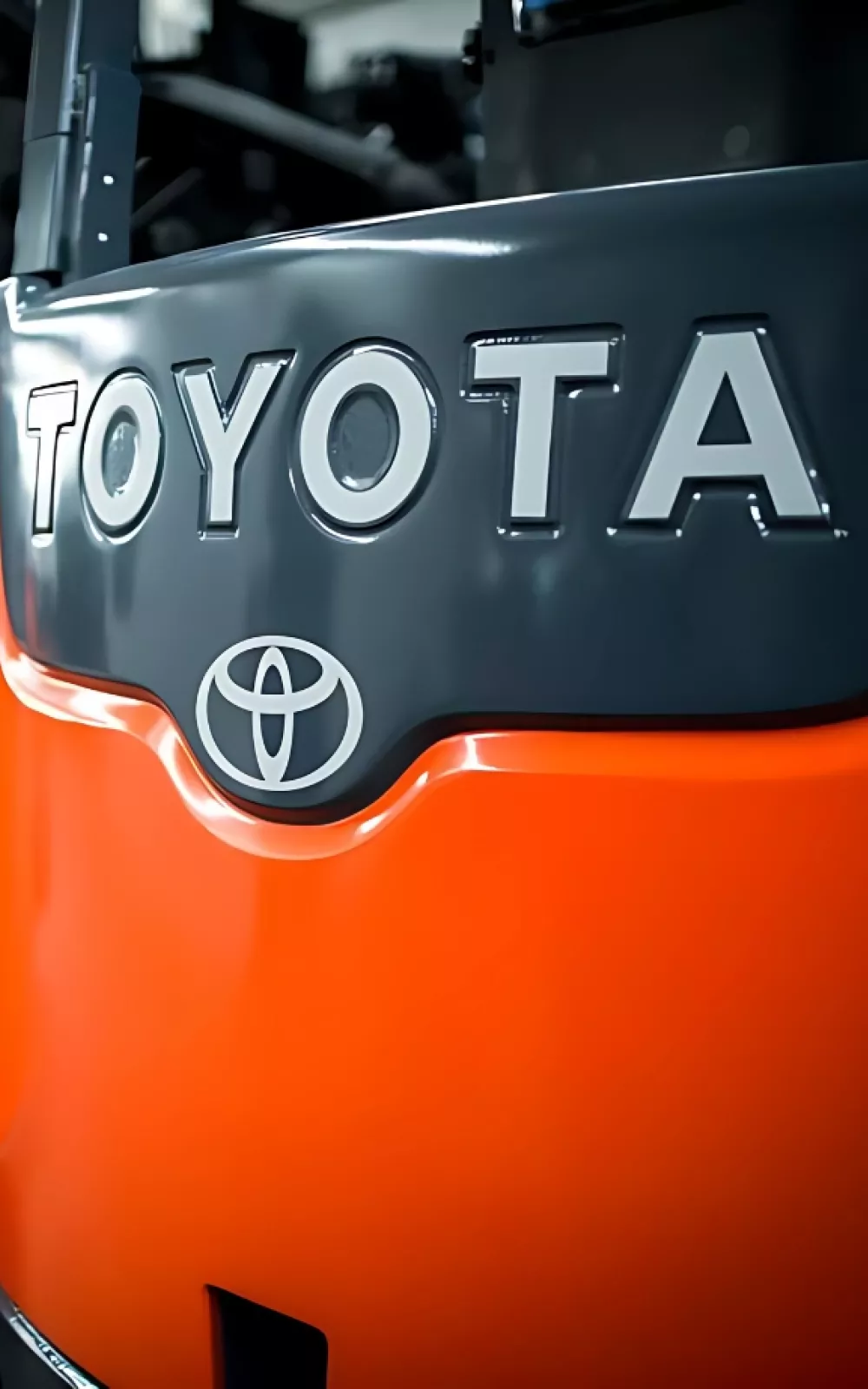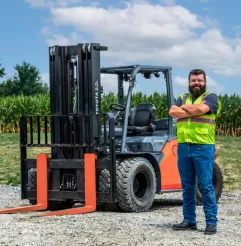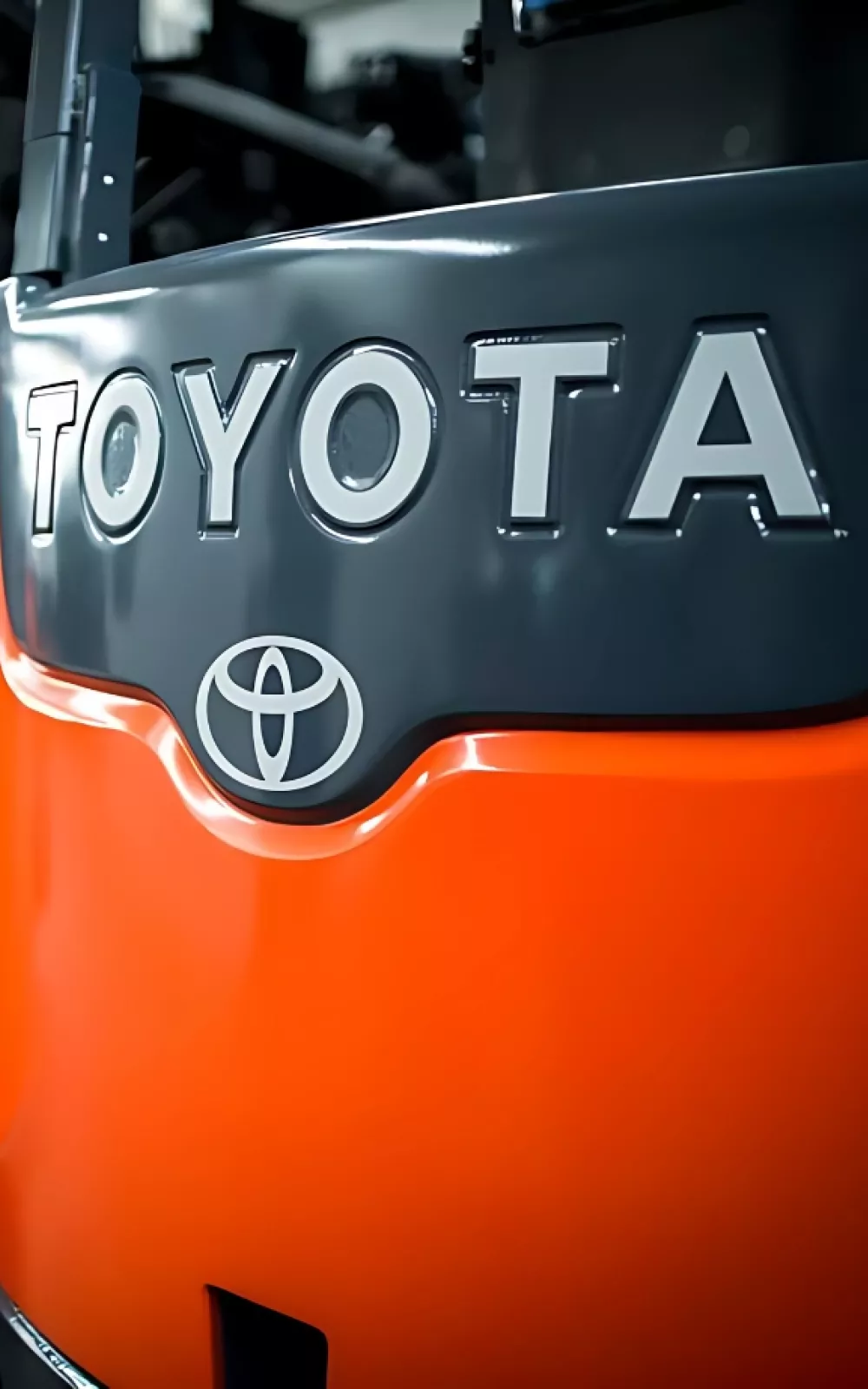Rent
ProLift offers daily, weekly, and monthly rentals. Find the right equipment for maximum productivity and safety.
Let us know how we can assist you! A ProLift specialist will connect with you to help with your material handling needs.

Are you leveraging your fleet data to its full potential? Learn how detailed management reports can help you identify inefficiencies, reduce costs, and improve productivity across your operations.

Companies invest in forklift fleet management for unique reasons, spanning from tracking real-time utilization of a forklift to measuring impacts that cause equipment damage and repairs. For many, knowing the actual activity of a forklift or operator is the first step in determining the cost of operating a fleet.
To make use of the fleet management data, work with your team to determine production expectations. Starting with common questions will help you to define what’s working well within your warehouse, and which areas need improvement.
The size of your forklift fleet and number of work shifts is a factor when deciding how often fleet management reports should be reviewed. A company with a large forklift fleet may review data monthly while a team with a mid-sized fleet will review data quarterly. The goal is to have enough data to spot true trends rather than exceptions to your production, ensuring you don’t act incorrectly on inflated results.
Determining the cost of the fleet is a common goal among companies; however, forklift fleet management reports alone will not provide you with an answer. The fleet management system tracks and measures present data but it cannot associate forklift repair costs with specific equipment. With a few more steps, your team can take a deeper dive and associate costs into various categories such as forklift repairs, planned maintenance and abuse.
Once the fleet management data is compiled, what actionable changes can be made? Let the team’s previously established production expectations guide and prioritize your initiatives. Possible changes might include:
Create change for your daily production and forklift operators with fleet management. Contact ProLift to speak with a sales consultant about your options for implementation.

Owning a Toyota Forklift comes with access to the MyToyota Customer Portal. MyToyota is a free, all-in-one platform designed to streamline fleet management with just a few clicks. From managing equipment across multiple locations to quickly ordering parts, MyToyota provides the tools you need to oversee your fleet efficiently.
As a full-service material handling dealer, ProLift can help you with questions and solutions for your equipment, service, parts and more. Tell us how we can help.

Let us know how we can assist you! A ProLift specialist will connect with you to help with your material handling needs.
